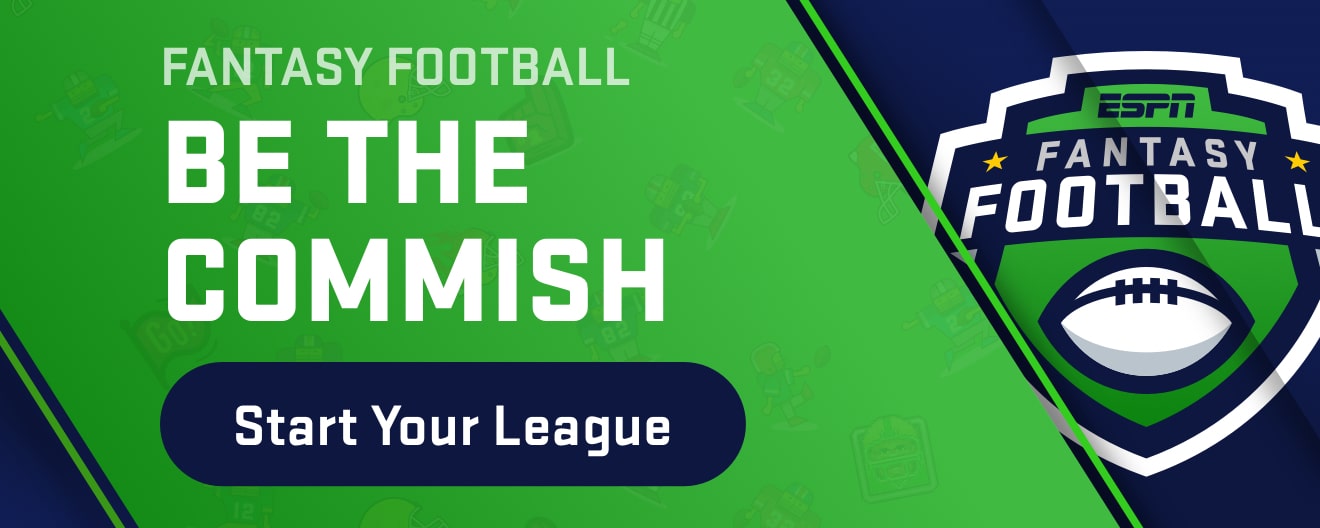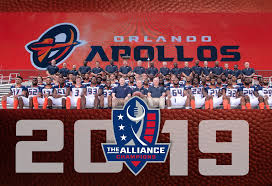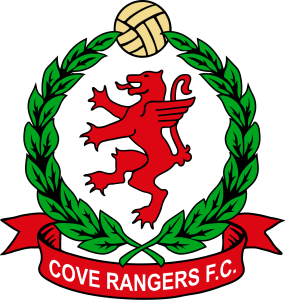
espn sports fantasy football
ESPN sports fantasy football has become a staple for sports enthusiasts around the globe. Each year, millions of fans immerse themselves in the exhilarating world of fantasy sports where strategy, statistics, and team management combine to create an unparalleled experience. This comprehensive guide aims to explore the intricacies of ESPN 88clb sports fantasy football, providing insights, strategies, and tips to enhance your gameplay and enjoyment.
Understanding the Basics of ESPN Sports Fantasy Football
Diving into the realm of ESPN sports fantasy football requires a solid understanding of its fundamentals. While it might seem daunting at first, grasping these basic concepts will lay a strong foundation for your future success.
What is Fantasy Football?
Fantasy football is an interactive game that allows participants to draft real-life NFL players onto their virtual teams. These teams then compete based on the actual statistical performance of the players during NFL games. Players accumulate points for various achievements such as touchdowns, passing yards, receptions, and much more.
The concept originated in the 1960s but gained significant popularity in the early 1990s with the advent of the internet. Today, platforms like ESPN make it easier than ever to create leagues, manage rosters, and engage with friends and fellow competitors.
The Role of ESPN in Fantasy Football
ESPN plays a pivotal role in the fantasy football ecosystem. With user-friendly interfaces, detailed player stats, expert analysis, and interactive tools, ESPN provides everything aspiring managers need to craft winning teams.
The platform offers customizable league settings, allowing users to tailor experiences according to their preferences. From public leagues to private contests with friends, ESPN caters to all types of fantasy football enthusiasts. Additionally, the site’s extensive coverage of NFL news can help managers stay informed about injuries, trades, and other developments that may impact player performance.
League Types and Formats
Understanding league types is crucial in navigating the landscape of ESPN sports fantasy football. There are two primary formats: standard and PPR (Points Per Reception). In standard leagues, players earn points primarily through traditional scoring methods, while PPR leagues reward players for every reception, adding another layer of strategy.
Other variations include dynasty leagues, where teams maintain continuity across seasons, and keeper leagues, allowing owners to retain certain players from year to year. Each format introduces unique challenges and strategies, making it essential for players to choose what best suits their preferences.
Drafting Strategies for Success
One of the most exciting yet nerve-wracking aspects of ESPN sports fantasy football is the draft. Your team’s composition can significantly influence your chances of success throughout the season. Thus, having effective drafting strategies is vital.
Preparation is Key
Before you even step into the drafting room, preparation is paramount. Familiarize yourself with player rankings, injury reports, and offseason changes that could affect player performance.
Moreover, consider creating a cheat sheet specific to your league’s scoring system. This will serve as a handy reference during the draft process, helping you identify which players hold the most value.
Understanding Positional Value
In ESPN sports fantasy football not all positions are created equal. Quarterbacks often score the most points, followed closely by running backs and wide receivers. Tight ends and kickers typically generate fewer points, and defenses often fluctuate in their scoring potential.
When drafting, it’s crucial to understand positional value and prioritize accordingly. For instance, securing a top-tier running back in the early rounds can provide your team with a significant advantage, especially in standard leagues where they score higher due to rushing touchdowns.
Mock Drafting for Experience
Engaging in mock drafts can be incredibly beneficial. They replicate the drafting experience without any real stakes, allowing you to test different strategies. You can experiment with various picks, examine potential roster combinations, and familiarize yourself with how other participants might approach the draft.
Mock drafts also help develop a sense of timing—learning when to grab specific players based on their average draft position and gauging interest from other team managers.





